Lemon sharks are a medium/large sized species that grows to a maximum of 11 ft. long. Populations exist primarily in warm, shallow waters of the Atlantic and eastern Pacific Oceans.
Their name comes from their yellowish coloration, though they are not particularly drastically yellow colored. One major identifying characteristic of this species is their paired dorsal fins, the second of which is almost as large as the first. Read on to learn about the lemon shark.
Description of the Lemon Shark
Most members of this species are 8 – 10 ft. long, though the largest recorded lemon shark was over 11 ft. in length. The vast majority of animals weigh around 200 lbs. on average, but individuals can reach weights up to 405 lbs. These sharks have long, slender bodies with a slightly flattened shape. Their eyes are relatively small, and electroreception pores line their snouts.
Interesting Facts About the Lemon Shark
While this shark species may look scary, they are actually quite interesting creatures. Learn more about the different traits and adaptations of lemon sharks below.
- Lemon Yellow – Unlike actual lemons, lemon sharks are not quite so brightly colored. They are more of a brownish-yellow color, giving them a muddy appearance. This makes them perfectly colored to match the sandy bottom of the environments in which they hunt. The yellow coloration is actually perfect camouflage.
- Flatfish – While their shape isn’t quite so drastically flattened as say, a stingray, lemon sharks are not nearly as torpedo shaped as most shark species. This is because they are bottom-dwellers, rather than pelagic sharks. They forage along the bottom of the ocean, in mostly sandy bottoms, searching for food. Any animal that spends time along the bottom benefits from having a more flattened shape.
- Shocking! – Like most sharks, including great white sharks and nurse sharks, this species has specialized pores on its snout. The sharks use these pores, called “ampullae of Lorenzini,” to detect the electrical currents created when animals move. This lets them “see” their prey in cloudy waters or under the sand.
- Not So Sour – Lemon sharks are actually surprisingly docile creatures. Despite the fact that they live in shallow waters, and grow up to 11 ft. long, they are not responsible for very many shark bites. When they do bite, it is because they’ve mistaken a human for food (like trying to grab a fish that a diver has caught), or something startled the shark. There has never been a fatal attack from a lemon shark recorded in human history.
Habitat of the Lemon Shark
This species is perfectly adapted for life in shallow waters, and prefers to live near the bottom. They also live in habitats with sandy or rocky sea floors, which allow them better camouflage.
Most individuals avoid habitats with dense vegetation, like seagrass beds, because they cannot find prey as easily. One of their favorite habitats are mangrove estuaries. Small fish commonly hide in mangroves, and this provides the lemon sharks with a wide variety of prey sources.
Distribution of the Lemon Shark
The distribution of this species is much more limited than some other shark species, like tiger sharks and mako sharks. They thrive only in shallow waters close to the coast, and flourish best in warm seas.
In the Atlantic Ocean, they range from the northern United States to Brazil, including the Gulf of Mexico, and along the coast of western Africa. In the Pacific Ocean they live only along the coast of Baja California down into Ecuador.
Diet of the Lemon Shark
This shark’s diet consists primarily of fish, though they will feed on crustaceans and other small marine creatures. They will also cannibalize smaller lemon sharks, and feed on young sharks of any species small enough to eat.
Rather than feeding indiscriminately, this species will target specific types of fish. They will prey on young fish in nurseries, or target slower moving species that are easier to capture.
Lemon Shark and Human Interaction
This species is nearly harmless to humans. Very few bites occur, and those that do are never fatal. They are easy to keep in an aquarium setting, allowing researchers to study them both in tanks and in the wild. This means they are one of the most thoroughly researched sharks in the world.
Sadly, this research tells us that humans are putting them in danger. Specific populations, and the population as a whole, are in a decrease. Like many other shark species, humans hunt them for their fins, meat, and skin. This hunting, along with habitat destruction, is decreasing populations of sharks across their range. Because of this, the IUCN lists lemon sharks as Near Threatened.
Domestication
Humans have not domesticated lemon sharks in any way.
Does the Lemon Shark Make a Good Pet
No, lemon sharks do not make good pets. While they can succeed in aquariums, this shark grows quite large. That means that you would need an incredibly large tank to house them in, which would be much too expensive and time consuming for a household pet.
Lemon Shark Care
This species can be quite successful in zoos and aquariums, giving scientists plenty of opportunity to thoroughly research their behavior, anatomy, and reproduction. As with any large shark, they do require plenty of space for swimming and socializing.
A diet of fish and the occasional crustacean or squid fits this species perfectly, as their wild diet is easy to replicate. Because they tend to feed on the same types of fish, the also do not require extensive variety in their diet.
Behavior of the Lemon Shark
Lemon sharks are one of the handful of species that are social, and congregate in groups. Some other social species include blue sharks, some species of dogfish, and hammerhead sharks. They typically segregate their social groups by size, usually to avoid smaller sharks becoming dinner!
This social behavior also extends to feeding. Sometimes the sharks will hunt as a group, and it is quite common for them to engage in feeding frenzy behavior.
Reproduction of the Lemon Shark
Breeding and birth occur in shallow nursery habitats, and mangroves in particular are quite important to this species. Many individuals will return to the same breeding grounds year after year. This species is viviparous, which means that they give live birth, just like mammals do.
Their gestation period is quite long, usually around a year or so. Females give birth to anywhere from 4 – 17 young, called “pups.” After birth, the pups are fully independent, and will remain in their nursery for a few years before venturing into deeper waters. They will not be able to reproduce themselves until they are around 12 – 16 years old.

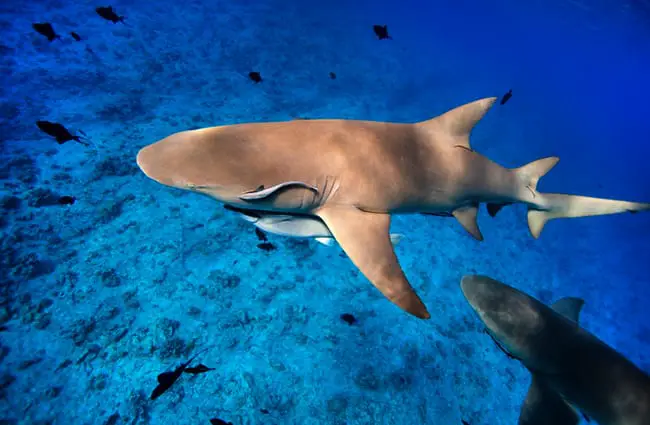



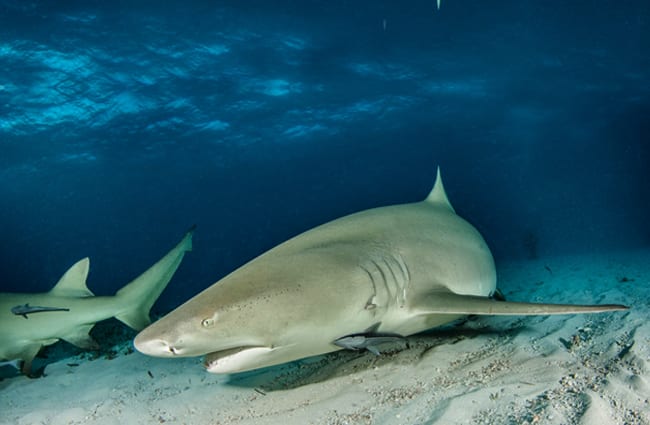
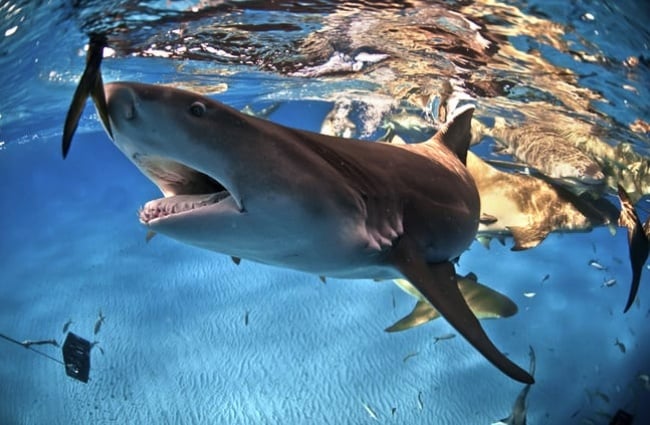
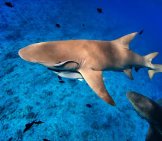

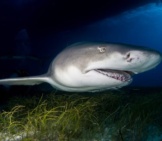

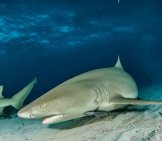
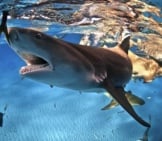
![Red Angus Closeup of a beautiful Red Angus cowPhoto by: U.S. Department of Agriculture [pubic domain]https://creativecommons.org/licenses/by/2.0/](https://animals.net/wp-content/uploads/2020/03/Red-Angus-4-238x178.jpg)












![Red Angus Closeup of a beautiful Red Angus cowPhoto by: U.S. Department of Agriculture [pubic domain]https://creativecommons.org/licenses/by/2.0/](https://animals.net/wp-content/uploads/2020/03/Red-Angus-4-100x75.jpg)

